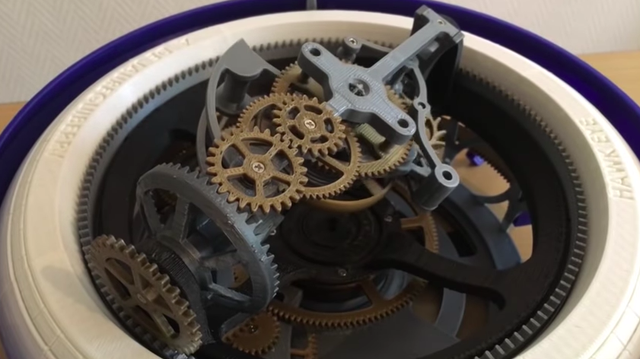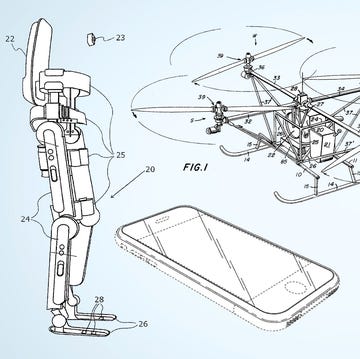While mechanical watches aren't exactly needed anymore, like many physical objects they provide a direct connection that digital equivalents just can't match. A tourbillon, one of the most complex watchmaking mechanics ever created, is a perfect example, and its intricately spinning gears are now available to be 3D-printed.
Tourbillon technically means 'whirlwind,' and the set up was originally done to improve accuracy. First developed in 1795 and patented in 1801 by Swiss watchmaker Abraham-Louis Breguet, the tourbillon is a type of escapement.
In watchmaking terms an escapement transfers energy to watch's timekeeping element, like a pendulum or balance wheel, and keeps track of the repetitive oscillations inside the watch. Escapements are crucial to the very concept of a physical watch, but the development of wristwatches provided a new challenge: gravity. Over time, watchmakers in the 1700s noted that gravity was swinging their wristwatches out of sync.
Breguet's tourbillon offered a correction of sorts. With the balance and spring placed inside a tiny cage, the gravitational distortions would be limited.
Nowadays, there's no real need for the gravitational corrections Breguet made. More accurate mechanical clocks were made in the 20th century, and besides, there are digital watches now. But the complexity that drove Breguet has set a standard for a watchmaker's sheer ability for centuries.
The piece in the video, for example, has 7o individual components powered by a motor. With a solid grasp on 3D printing, you can access it as well. Instructions can be found on Thingiverse.
Source: TechCrunch
This post was updated with biographical information concerning Abraham-Louis Breguet.
David Grossman is a staff writer for PopularMechanics.com. He's previously written for The Verge, Rolling Stone, The New Republic and several other publications. He's based out of Brooklyn.












